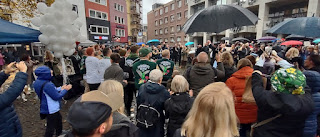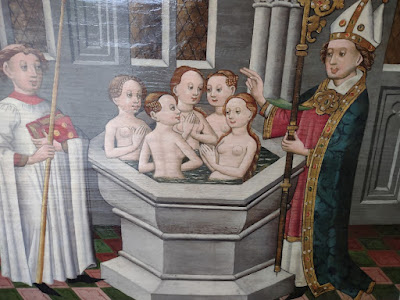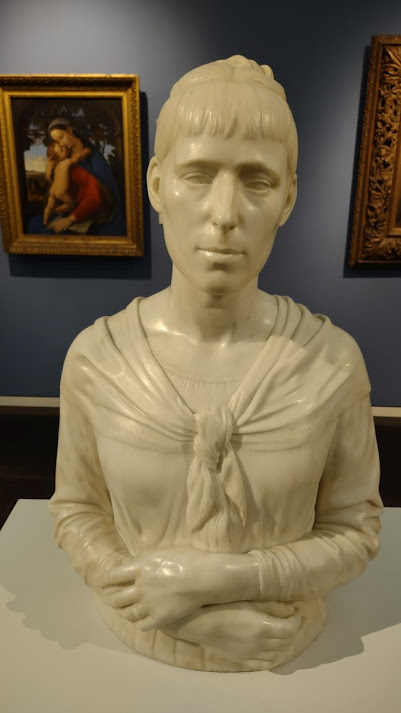The classical offerings have been rather sparse in Koln this visit but we got to the Kolner Philharmonie for the Orchestra Phalharmonique de Radio France under Kimmo Frank with soloist Sol Gambetta. It's an orchestra of ~85 players and 7 basses. The Koln Philharmonie is a magnificent building with great acoustics. Sol Gambetta is a name and recording star on the cello. What's not to like? Well, I'm not too keen on French impressionism in visual or musical arts and this was all Ravel with a Lalo concerto. Even so, I enjoyed the concert. We started boxes above the choir seats (not too, too dear). The sound was pretty good even there and the engineering views were incredible. I moved to some free seats in front of stage, near the basses, at interval and the sound was better, insistent, clear in parts. A huge pleasure, and I could see. The conductor was not tall yet he moved his chair off the podium and sometimes sat. Not sure how the performers all followed him but it sounded together. The swells and such would be easy enough but the hits worked too. Sol Gambetta was a star, well decked out in a flowing gold dress, playing some deleriously fast lines at times and smiling with pleasure. So I enjoyed it lots, even if it's not a fave style. The music was Ravel Alborada del gracioso), Lalo (Cello concerto Dmaj), Mel Bonis (Trois femmes de legende) and Ravel (Daphnis nad Chloe) but the Mel Bonis was replaced on the night with Ravel (Prelude to the afternoon of a faun). Ravel heavy, but I could come to it occasional concerts with decent musicians like this.
The Orchestra Phalharmonique de Radio France under Kimmo Frank (conductor) with soloist Sol Gambetta (cello) performed at the Kolner Philharmonie, Cologne.


















































